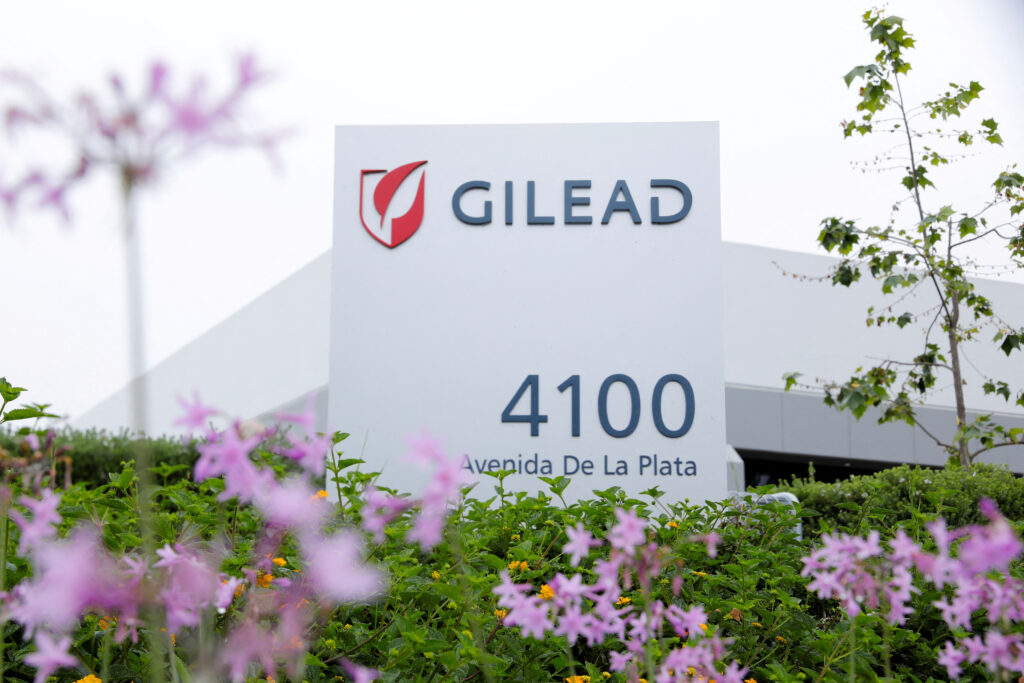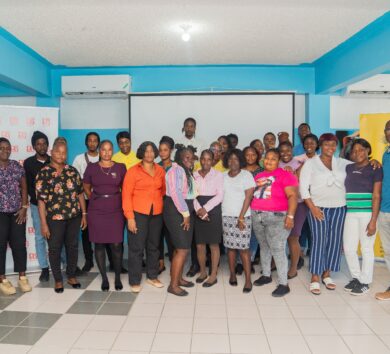

CHICAGO (Reuters)
A Gilead Sciences-backed therapy made with a patient’s own white blood cells shrank tumours in 62% of patients with recurrent glioblastoma, a rare event for a fatal brain cancer with few treatment options, researchers reported on Sunday.
The study, presented at the American Society of Clinical Oncology meeting in Chicago and published in Nature Medicine, is the latest among several efforts testing next-generation chimeric antigen receptor T-cell or CAR-T treatments, a type of immunotherapy in which patients’ immune cells are engineered to recognize and kill cancer cells.
The work, from researchers at the University of Pennsylvania and Gilead’s Kite cell therapy unit, tested a dual CAR-T treatment in an effort to overcome the defences of glioblastoma, the most common brain tumour in adults.
CAR-T therapy is already used to treat blood cancers, including leukaemia, lymphoma and multiple myeloma, and those treatments typically only take aim at one target on the tumour.
But solid tumours such as glioblastoma tend to have multiple subpopulations of tumour cells, suggesting that treatments will need more than one target to succeed, said University of Pennsylvania researcher Dr. Stephen Bagley, who led the study.
For the treatment, which is injected directly into spinal fluid, the team selected EGFR, which is found in 50% to 60% of all glioblastoma tumours, and a second target called interleukin-13 receptor alpha 2, found in an estimated 75% of glioblastoma tumours.
Typically, advanced glioblastoma patients whose cancers return after initial treatment with surgery, radiation and chemotherapy live six to 10 months.
Interim results of just six patients were published in March 2024 in Nature Medicine. The current study now includes 18 patients treated with the experimental therapy after their tumors returned following standard treatment.
Of these, only 13 had a measurable tumour at the time the cells were introduced, and of those, eight, or 62%, had their tumours shrink, Bagley said.
“That was pretty remarkable to us because historically for recurrent glioblastoma tumours, we usually don’t see anything shrink them.”
Several patients lived 12 months or longer, and in one patient, the disease remained stable for 16 months. But so far, the benefit is largely temporary, with many patients relapsing two to three months later.
Most patients experienced fevers and neurotoxicity such as lethargy or confusion for two or three days after the cells are injected, but the side effects were manageable, Bagley said.
Cindy Perettie, executive vice president of Gilead’s Kite cell therapy unit, said she is encouraged by the 62% response.
“What we didn’t see that we wanted to in a majority of the patients was persistence,” she said.
Kite is working to develop a third target that will allow the drug to remain in the brain longer. “We will be putting that construct into the clinic sometime next year,” she said.
Meanwhile, the team wants to test the therapy in 12 patients with newly diagnosed disease. “We know patients in the frontline setting are going to be healthier,” she said, and the hope is to see more persistent results.
Demand for the trial has been great. Perettie estimates there are 10 times as many patients seeking enrollment for every open slot, and some doctors are referring patients from as far away as Hawaii.
“Today, there’s only one approved therapy outside of radiation, so for these patients, this is really exciting to see any kind of response,” she said.
Kite hopes to expand to three or four centers with its triple-target version of the product.
“I think we’re on the right track,” Bagley said, adding that he believes there will be longer-lasting treatments in the next few years.







Comments